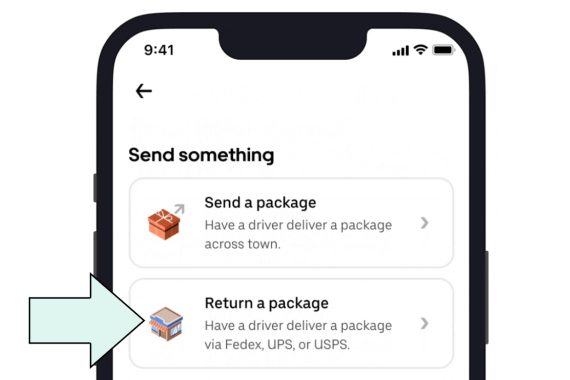Ecommerce Returns Becoming Easier, Cheaper
Returns have been a hassle for shoppers and a cost to merchants since ecommerce began.
Returning an item is a double disappointment. The shopper received the wrong product while the merchant lost the revenue and gained a frustrated customer.
Reverse logistics cost money. Even a simple exchange incurs return shipping for the original item and outbound shipping for the replacement, easily devouring profits.
The need to return products is the same as in the 1990s, but how merchants address the process has changed. Stores now seek to make returns easier and less expensive.
Boxless and Labeless Returns
Most shoppers would rather drop off a returned item at a nearby store (without a box or label) than repackage it and coordinate with a carrier. Certainly I would.
Amazon, for example, has label-free, box-free return drop-off locations close to most U.S. shoppers, thanks to its 550 Whole Foods Market stores and partnerships with Kohl’s and Staples.
Happy Returns has some 10,000 “return bars” nationwide, and newcomers such as Pollen Returns will pick up boxless returns directly at a shopper’s residence.
The Pollen service works like this. A shopper contacts the merchant online and chooses Pollen as the return method. Pollen schedules the pickup, and a driver collects the item without needing packaging or a return label.
The driver logs the return immediately using a photo, informing the retailer and speeding up the refund.
Pollen collaborates with rideshare and food service companies for the drivers. After collecting, Pollen transfers the items to carriers such as UPS and FedEx for delivery to the retailer. As drivers collect the returned goods, Pollen communicates with the carriers via a QR code, providing details about the required box size and shipping address.
In essence, Pollen’s technology coordinates the entire process.
Convenient Packaged Returns
Uber is offering a similar service for consumers who have repackaged an item.
In an October 4, 2023, announcement, Uber said consumers could use its app to initiate return-item pickups from their homes and ferried to a carrier for a $5 fee.
The service simply saves the shopper a trip to the post office or local UPS or FedEx drop-off. Uber has already made the service available in nearly 5,000 U.S. cities, being confident in the demand. As Uber noted, research from the National Retail Federation revealed that 79% of U.S. shoppers under age 30 find mail returns “annoying” to some degree.




Uber now has a package return option.
Cost Savings
Some of these ecommerce return trends could save retailers money. Boxless, label-free returns can cost much less than shipping separate items — as much as 40% less by some estimates.
Regardless, online returns are inevitable as long as products are difficult to describe or shirts come in inconsistent sizes. But innovative tools and providers are making the process more bearable and less expensive.
